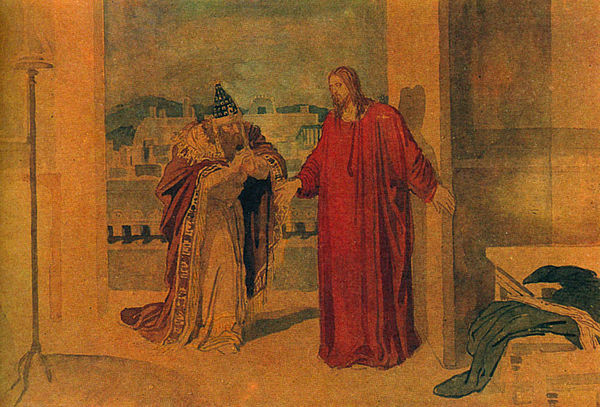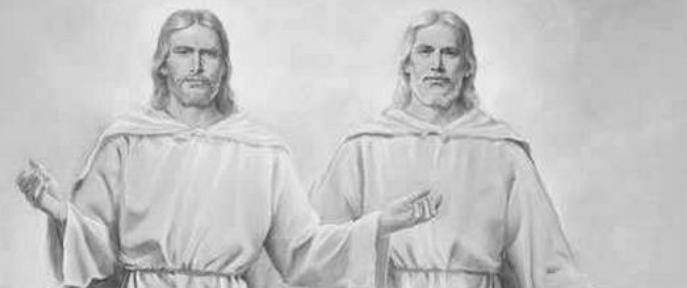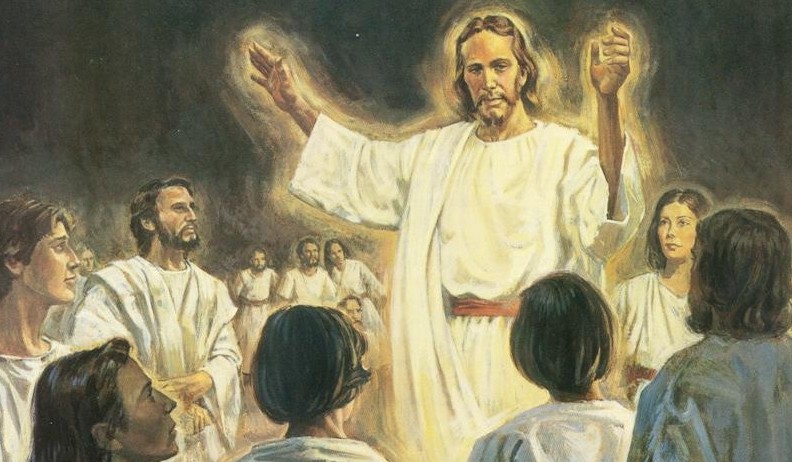Question
Gramps,
I recently had a mole above my upper lip removed, and it left a scar that is a constant reminder of regret. I wish I had left it alone because it was who I was, now I feel strange without it. I was wondering if, when we die, our bodies are restored to not to have scars? I was told they are glorified to our liking. I also wanted to know if the area that has been scarred from the surgery will return to normal, with the skin like nothing had happened? I also have a friend whose mother recently lost her leg and fell into a depression. Will she one day have it back again?
MC
Answer
MC,
One of the most reassuring aspects of the resurrection is the promise that our bodies will be restored to a “perfect frame.” This belief is rooted in scripture, particularly in the Book of Alma, which states,
“The soul shall be restored to the body, and the body to the soul; yea, and every limb and joint shall be restored to its body; yea, even a hair of the head shall not be lost; but all things shall be restored to their proper and perfect frame” (Alma 40:23) [1].
This scripture emphasizes that any physical deformities or imperfections we experienced in life will be done away with, allowing us to be resurrected in a state of perfection.
Elder Dallin H. Oaks, a member of the Quorum of the Twelve Apostles at the time, has also said:
Many living witnesses can testify to the literal fulfillment of these scriptural assurances of the resurrection. Many, including some in my own extended family, have seen a departed loved one in vision or personal appearance and have witnessed their restoration in “proper and perfect frame” in the prime of life. Whether these were manifestations of persons already resurrected or of righteous spirits awaiting an assured resurrection, the reality and nature of the resurrection of mortals is evident. What a comfort to know that all who have been disadvantaged in life from birth defects, from mortal injuries, from disease, or from the natural deterioration of old age will be resurrected in “proper and perfect frame.”
A common question regarding resurrection is the age at which individuals will be resurrected. The teachings of the Church suggest that we will be resurrected in our prime, which is often interpreted as the age of physical maturity. President Joseph F. Smith explained that while infants will be resurrected as children, they will grow to the full stature of their spirits after the resurrection. This means that those who died as children will not remain in that state but will eventually reach their full potential.
Conversely, individuals who died in old age will be resurrected as they were at the time of death but will quickly rejuvenate to their prime state. This idea is supported by the teachings of Joseph Fielding Smith who stated:
There is no reason for any person to be concerned as to the appearance of individuals in the resurrection. Death is a purifying process as far as the body is concerned. We have reason to believe that the appearance of old age will disappear and the body will be restored with the full vigor of manhood and womanhood. Children will arise as children, for there is no growth in the grave. Children will continue to grow until they reach the full stature of their spirits. Anything contrary to this would be inconsistent. When our bodies are restored, they will appear to be in the full vigor of manhood and womanhood, for the condition of physical weakness will all be left behind in the grave” (Joseph Fielding Smith, Answers to Gospel Questions, Vol.4, p.185).
Thus, the resurrection is not just a return to life but a transformative experience that allows for growth and development beyond what was possible in mortality.
The Law of Restitution plays a crucial role in understanding the resurrection. This principle suggests that while we will be resurrected as we were laid to rest, the process of becoming perfected will continue after resurrection. President Joseph F. Smith articulated this concept stating:
The doctrine of the Church in this respect was very clearly set forth by the late President Joseph F. Smith in an editorial in The Improvement Era, June 1904, wherein he stated, ‘The body will come forth as it is laid to rest, for there is no growth or development in the grave. As it is laid down, so will it arise, and changes to perfection will come by the law of restitution. But the spirit will continue to expand and develop, to the full stature of man (David O. McKay, Gospel Ideals, p.75).
This means that while our resurrected bodies will initially reflect our mortal state, they will undergo a process of growth and development toward perfection.
This principle is particularly comforting for those who may have experienced significant physical challenges or disabilities in life. The resurrection offers the promise of a body free from the limitations and imperfections that may have hindered them during their mortal existence. As Elder Oaks noted, all individuals, regardless of their life circumstances, will be physically perfected in the hereafter.
A significant aspect of the resurrection is the ability to recognize and interact with loved ones. The teachings of the Church affirm that our spirits have a form similar to our physical bodies, allowing for recognition in the spirit world. When we die, we will return to the spirit world, where we will recognize the spirits of those we knew in mortality. This continuity of relationships is a source of comfort and hope for many, as it suggests that our connections with loved ones will persist beyond death.
Moreover, the resurrection will not erase our identities. As we are restored to our perfect forms, we will retain our individuality and the relationships we cultivated during our mortal lives. This idea is reinforced by the belief that our spirits existed as mature beings before entering mortality, and they will emerge in a similar state after death. Thus, the resurrection is not merely a physical restoration but a reaffirmation of our identities and relationships.
Gramps







